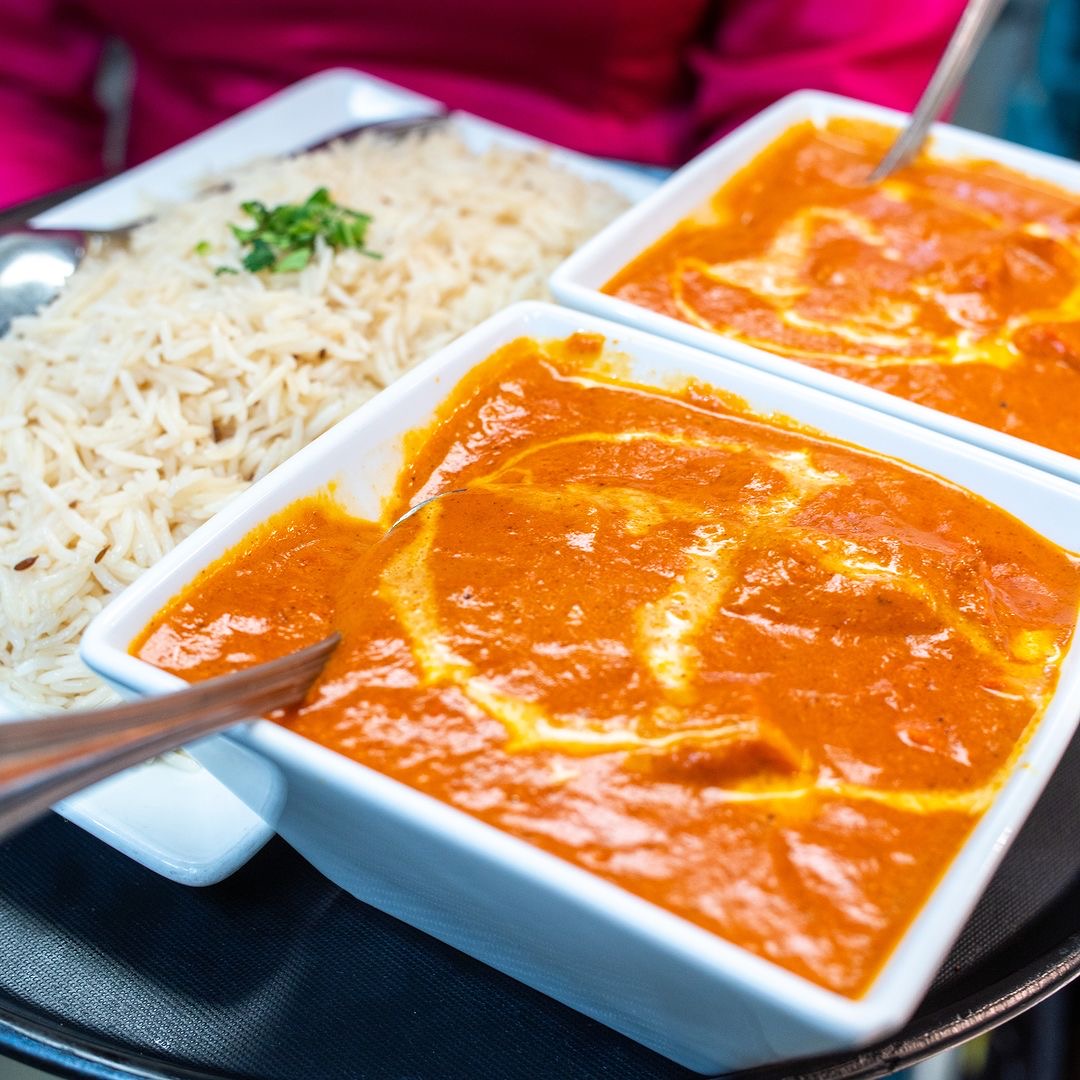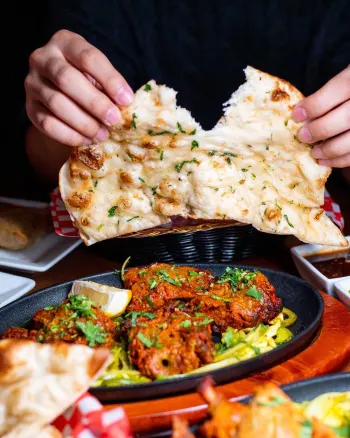How Spices Bring Authentic Flavor to Every Indian Meal | Indian Bombay Bistro
Have you ever taken a bite of food and instantly felt transported to another place? That’s the magic of spices in Indian cuisine. From the rich aroma of cumin to the fiery warmth of chili, spices aren’t just ingredients; they’re the heart and soul of every meal. In this article, we’ll explore how spices create authentic flavour, why they matter, and how you can use them to transform your cooking.
The Power of Indian Spices
Indian meals are known worldwide for their bold, complex flavours. But what makes them so unique? The answer lies in the careful combination of spices, each adding its own layer of taste and aroma.
For example:
• Turmeric: Adds a warm, earthy flavour and golden colour.
• Cumin: Offers a nutty, slightly peppery note.
• Coriander: Brings a fresh, citrusy undertone.
• Cardamom: Adds a sweet, floral aroma.
These spices don’t just flavour food; they tell a story of culture, geography, and tradition.
How Spices Enhance Every Dish
Spices work in harmony to create depth and balance. When cooked correctly, they release essential oils that make curries, biryanis, and breads burst with flavour. For instance, a slow-cooked chicken curry infused with garam masala develops a richness that pre-mixed sauces can never achieve.
Pro Tip: Toasting whole spices before grinding can elevate their aroma and taste. This small step can turn a simple dal or vegetable stir-fry into a restaurant-quality dish.
Real-World Example: The Magic of Garam Masala
Garam masala, a popular Indian spice blend, is a perfect example of flavor mastery. Typically composed of cinnamon, cloves, cardamom, cumin, and black pepper, it’s added at the end of cooking to preserve its aroma.
At Indian Bombay Bistro, chefs rely on freshly ground garam masala to season dishes like Chicken Malai or Paneer Tikka. This careful attention ensures every bite delivers authentic Indian flavour. Even a simple vegetable curry becomes memorable when the right spices are used in the right proportions.

Spices and Health Benefits
Beyond taste, Indian spices carry health benefits. Turmeric contains curcumin, known for its anti-inflammatory properties. Cardamom and ginger aid digestion, while cinnamon helps regulate blood sugar. This combination of flavour and wellness has made Indian spices a favourite worldwide, not just for taste, but for the holistic benefits they offer.
Tips for Cooking with Spices at Home
Cooking with Indian spices doesn’t have to be intimidating. Here are a few practical tips:
1. Start Small: Use a pinch of strong spices like cloves or cardamom and adjust to taste.
2. Layer Flavours: Add spices at different cooking stages for a richer taste.
3. Experiment with Blends: Try garam masala, curry powder, or chaat masala to create different profiles.
4. Store Properly: Keep spices in airtight containers away from light and heat to preserve potency.
By experimenting with these techniques, even home cooks can create meals that feel truly authentic.
Why Spices Matter for Every Indian Meal
Spices are more than flavour enhancers; they are the essence of Indian cooking. They transform ordinary ingredients into extraordinary dishes, providing depth, aroma, and complexity. Without them, an Indian meal would lose its identity. Whether it’s a family dinner at home or a meal at a restaurant like Indian Bombay Bistro, spices ensure every bite is vibrant, memorable, and satisfying.
Final Thoughts
From everyday dal to special occasion biryanis, spices make Indian cuisine irresistibly flavourful. They are carefully chosen, expertly blended, and thoughtfully added to every dish to create that authentic taste we all love.
Next time you cook, think of spices not just as ingredients, but as storytellers. Experiment, taste, and adjust. Your meals will thank you.
If you want to enjoy authentic Indian flavours without the hassle of cooking, visit Indian Bombay Bistro for a dining experience that celebrates spices in every dish. Which spice combination is your favourite, and how do you use it at home?





Leave a Comment
Comments (0)